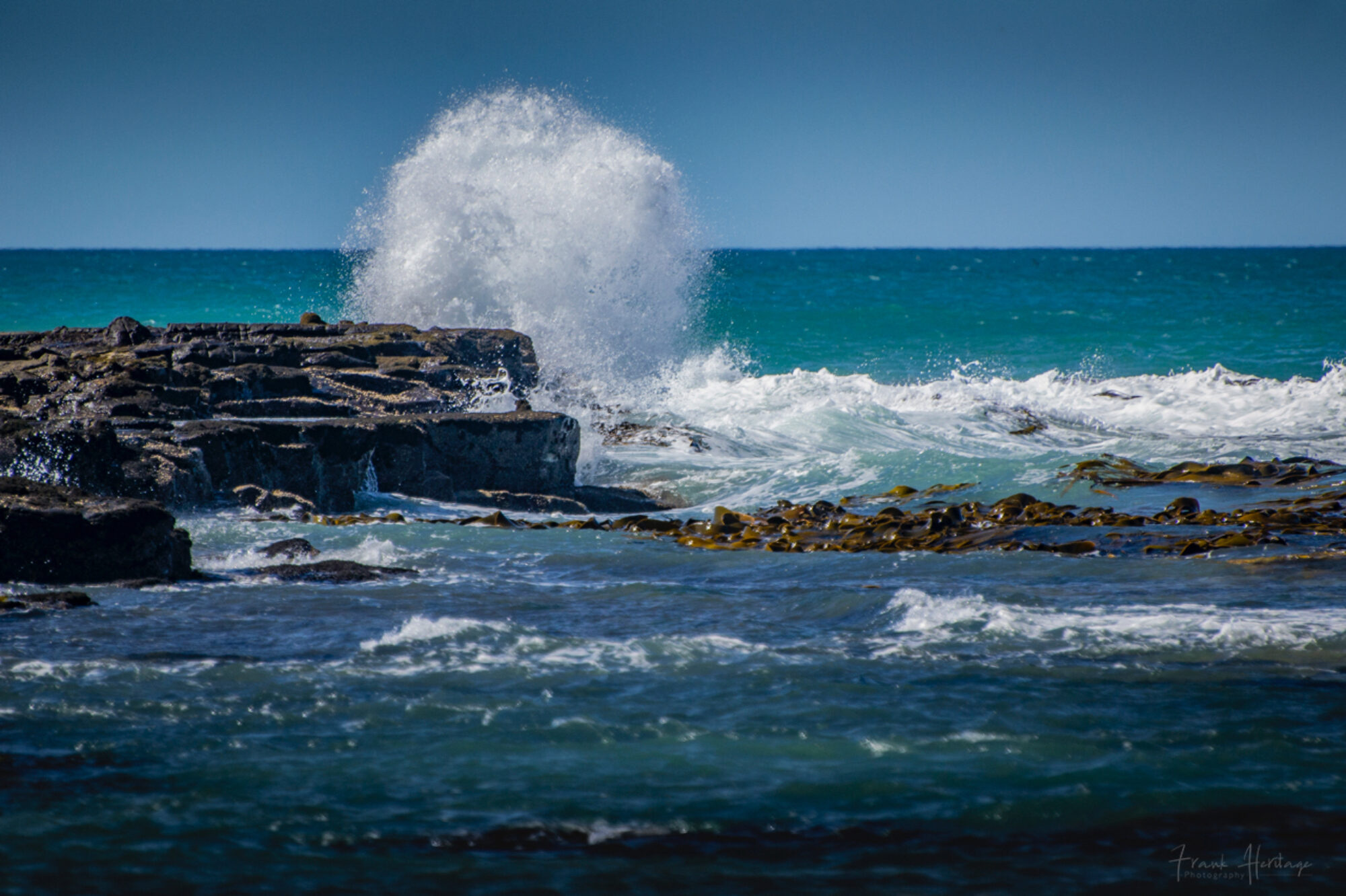An experienced photographer friend asked me to provide some tips on photographing the night sky… This set me thinking about the various aspects that I take for granted but possibly might not be that well known. Here’s a few thoughts and hints, in no particular order – hope they help!

- Wrap up warm!
The best skies for photographing stars are the clear ones, and that means no cloud and preferably a cold day so there’s no air movement from rising heat. As well as keeping yourself warm, it’s worth considering the equipment. Batteries will go flat faster in the cold, and it might be worth investing in a dew heater to prevent dew forming on the lens.
- The Rule of 500
If you are photographing stars, you need to get as much light in as possible – the more light you gather, the fainter the star that’s visible… However without tracking the stars, there is a limit on the length of exposure you can take before star trails will become visible. As the earth rotates, the stars appear to travel across the sky. Whilst this might appear to be very slow, it doesn’t take long before the star forms a trail across your image.
The Rule of 500 states:
500 / Crop-Factor x Focal Length = Ideal Shutter Speed
According to the type of camera you own, you will have to use different crop-factor values. Here is the list you can refer to:
1 X – Full frame cameras
1.5 (1.6) X – Nikon (Canon) APS-C cameras
2 X- Micro 4/3 cameras
2.7 X and higher – Compact cameras with a one-inch type sensor (or smaller)
So in the case of my Nikon D3100 with an 18mm lens the maximum shutter speed I can use is approximately 17 seconds (these settings should be taken as a guide, not hard and fast rules!). In reality I can take 25 second exposures without any problem. I also use a 0.46 reducer on the front of the lens to give me a wider field of view and this increases the exposure time to 39 seconds – the downside is the reducer is not of the highest optical quality, and I lose a lot of detail at the edges. - As much light gathering as you can!
These stars are faint and a long, long way away! Depth of field is not an issue (unless you are after an object in the foreground as well as the starfield, but even then focussing is unlikely to be an issue), so use a wide aperture and a high ISO speed. However…
Be wary of going too high with your ISO speed, as this will increase the noise on the image, and with the fine detail of a starfield, noise is the last thing you want! - Use a tripod and shutter release
With the long exposure even the slightest movement will show up on the final image, so a good solid tripod is essential – and where possible use a shutter release to trigger the shutter. If you don’t have a release, then use the self timer to allow the camera time to settle after you’ve pressed the shutter.
- You don’t need a telescope
Some of the space photos on my site have been taken with an Orion 250 Newtonian Reflecting telescope – with a focal length of 1200mm! However a good panorama can be achieved with a ‘normal’ wide view lens. Indeed it’s prefereable for some shots! With a reasonable telephoto lens (anything from 200 – 600mm) you’ll get some great shots of the moon, and even some deep space objects like the Orion Nebula, or the Pleiades star cluster. If you want to use a longer lens, remember the 500 Rule and you might want to invest in a star tracker – something like a Sky-Watcher Star Adventurer. I’ve not used one personally, but I have heard good things about using a tracker in general.
- A lot of luck!
Despite all the preparation you still need clear skies and a lot of luck. Yes, the stars will be in the same place (relatively) tomorrow night, but the meteor shower or comet that you’ve trying to photograph probably won’t be. And the moon and the planets will have moved on in their orbits too!

